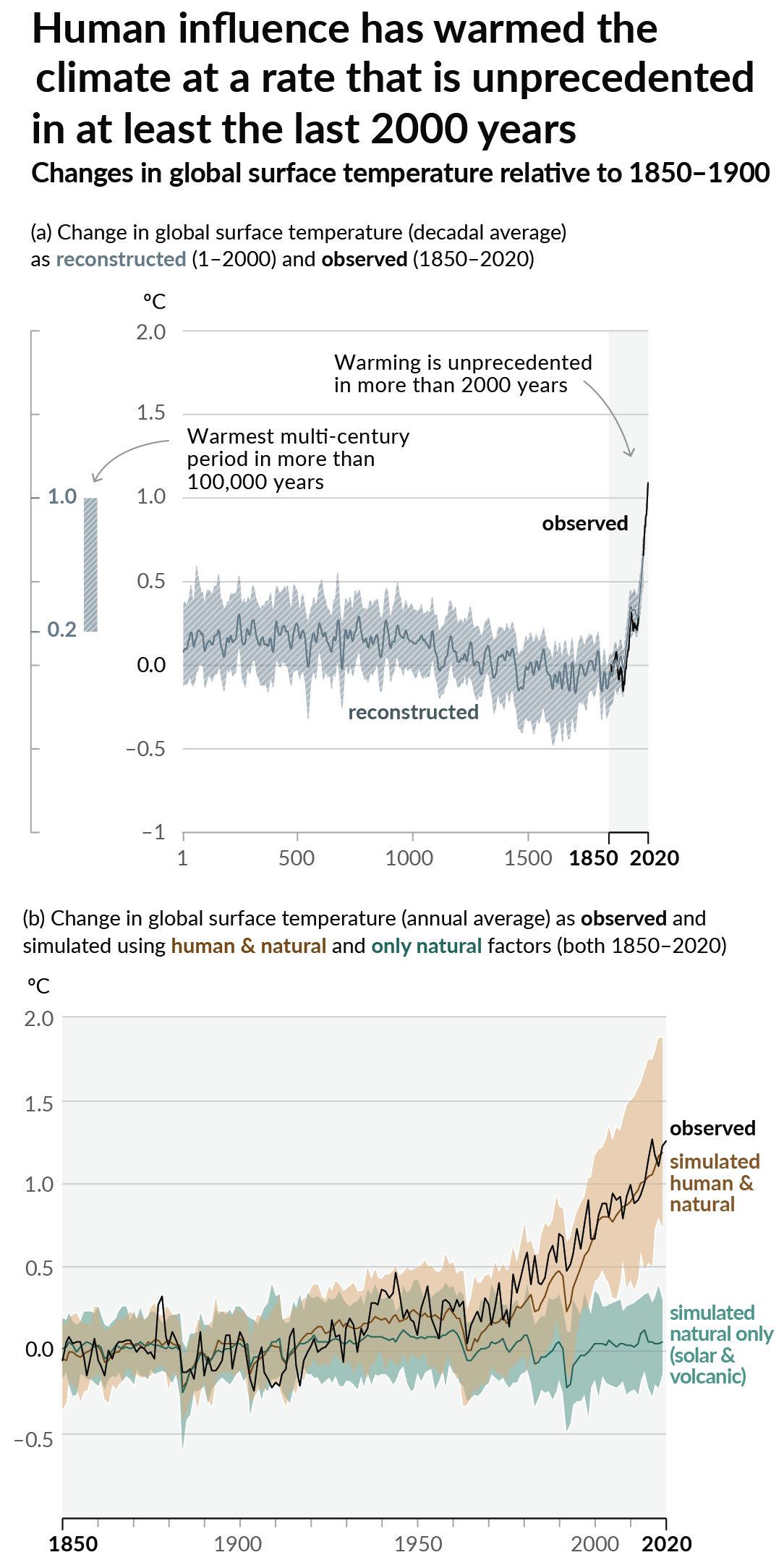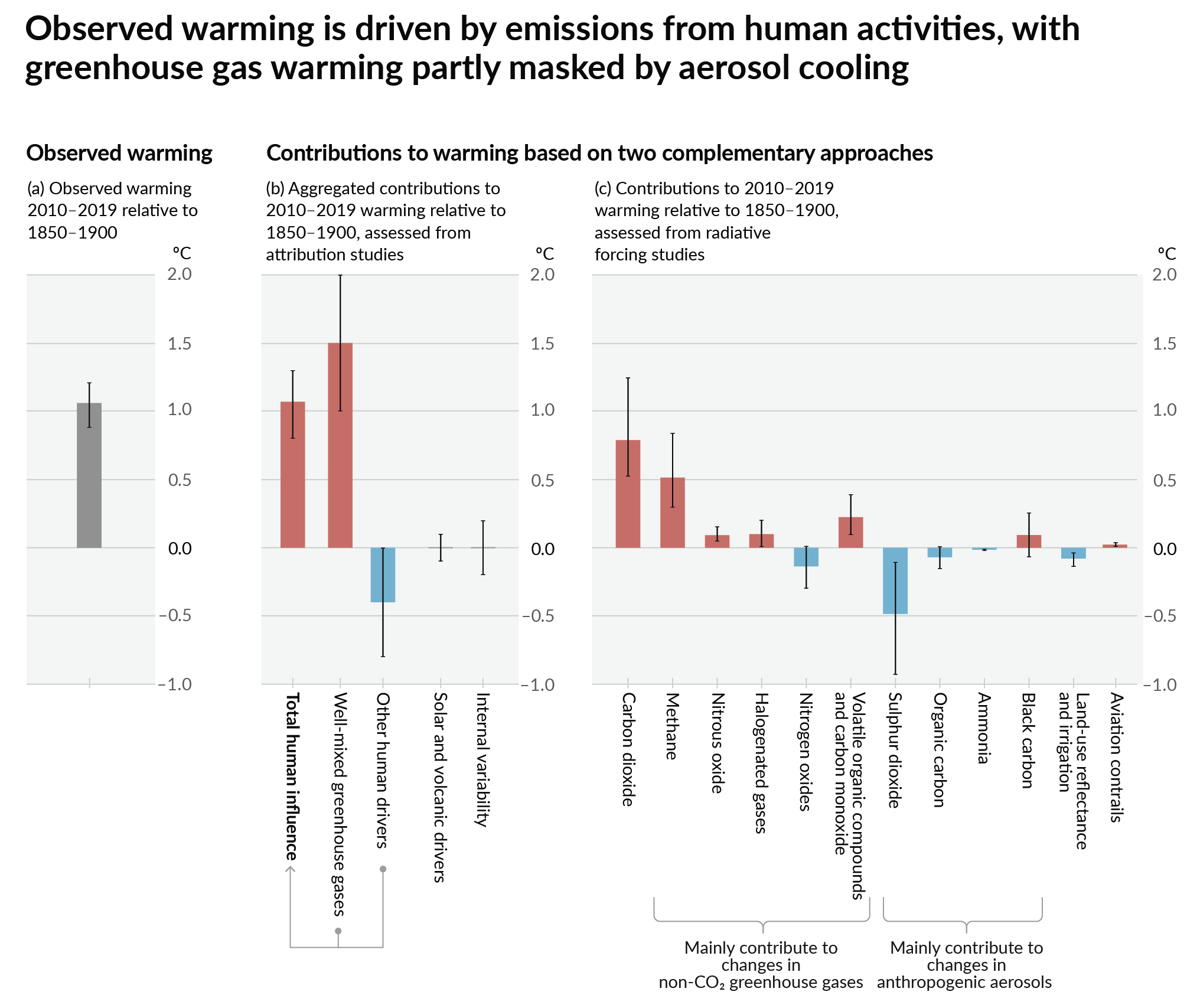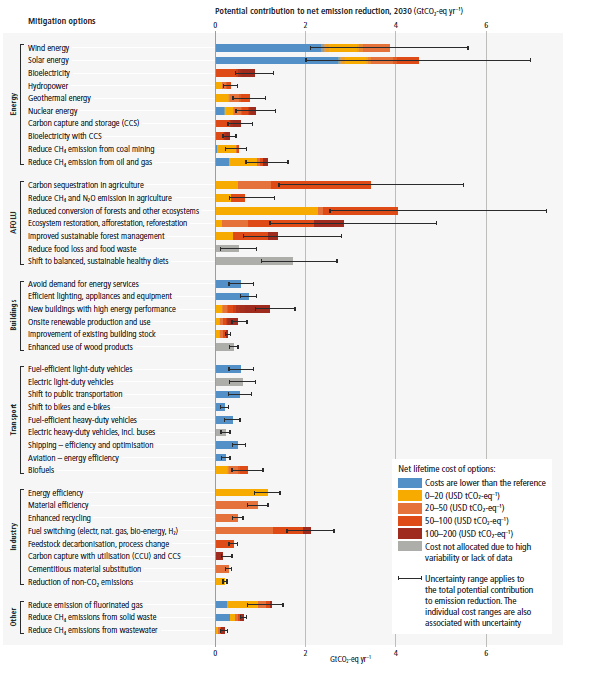this post was submitted on 06 Oct 2025
85 points (100.0% liked)
Climate - truthful information about climate, related activism and politics.
7528 readers
493 users here now
Discussion of climate, how it is changing, activism around that, the politics, and the energy systems change we need in order to stabilize things.
As a starting point, the burning of fossil fuels, and to a lesser extent deforestation and release of methane are responsible for the warming in recent decades:

How much each change to the atmosphere has warmed the world:

Recommended actions to cut greenhouse gas emissions in the near future:

Anti-science, inactivism, and unsupported conspiracy theories are not ok here.
founded 2 years ago
MODERATORS
you are viewing a single comment's thread
view the rest of the comments
view the rest of the comments
What kind of clueless person wrote this. Whoever wrote this clearly has no idea how much 800W is in practice. Our fridge with an attached freezer (full size, 60cm wide, normal to large in Europe) never uses more than 70-90W, duty cycle is around 40%. So on average it uses 30W or so.
My gaming laptop is limited to 180W. Normally it uses much much less (50ish when actively used). My gaming desktop PC with 3 monitors uses 800W under full load, but that's with everything (monitors, amp/speaker, ...). Even with multiple PCs in normal (non gaming) use in the house, seeing over 800W isn't common. Or 10 laptops, not "a small laptop".
800W is enough to power our whole house unless we're cooking or taking a shower. I would argue in general, it will nullify noon-peak loads of an entire household, and whatever is left over gets added to the grid.
The plug and play solar panels described in the article do net feed back into the grid, that's why they're so simple to setup. You still need landlord approval to install them, because fuck your personal freedom if you live in Germany, but for the standards here, this is incredibly simple.
Sorry but the first part is just incorrect. They are indeed simple, which is why they do feed back into the grid. Not feeding back would take effort and additional hardware. But you're not being paid for what is fed back into the grid, making it free energy for the electricity provider (see my last paragraph below).
To explain it a bit: electrically, the external grid and the grid in your home are simply connected (assuming the breakers are closed). If you use more than you produce, whatever is missing "flows in". If you produce more than what you're currently consuming, whatever is left over just flows out into the grid. Even if this if obviously simplified, this "just happens" with no effort required, but the amount that flows in or out is easy enough to measure (which is what the electricity meter does that sits between the big grid and the one in your house). If you want to actually make sure you don't feed back into the grid, you would constantly need to monitor if anything is flowing in our out, and compensate with reduced (or increased) production. Even full size solar installations can't do this with perfect precision, even if you tell them to: you can only react to the flow you see coming in/out, if you turn a large heater quickly on and off and on and off, it won't have time to react quickly enough.
For the longest time (until early 2023 I think), you had to ask permission from your electricity network operator (is that the correct term? "Netzbetreiber"), because they would only allow you to install it if you had at least a semi-modern electricity meter that won't turn backwards. Because balcony solar always feeds into the grid, you'd effectively be paid the same per kWh as what you're paying yourself. You would effectively use the grid as a infinitely large battery.